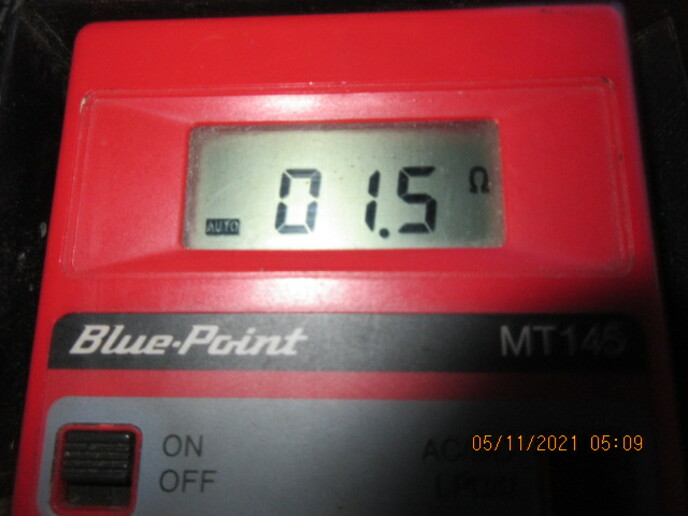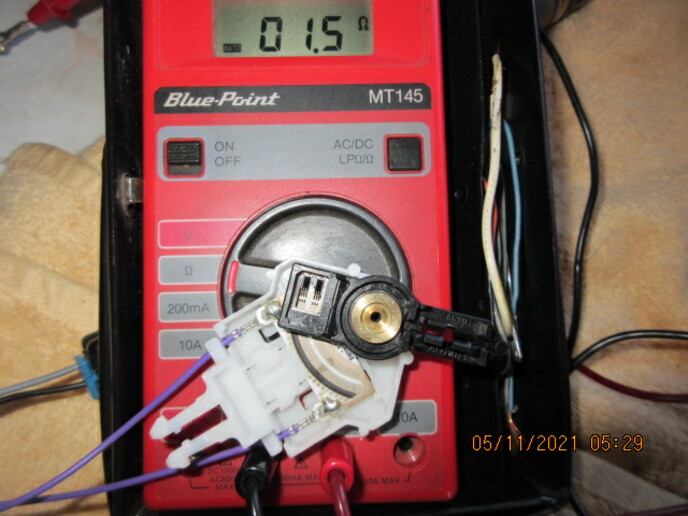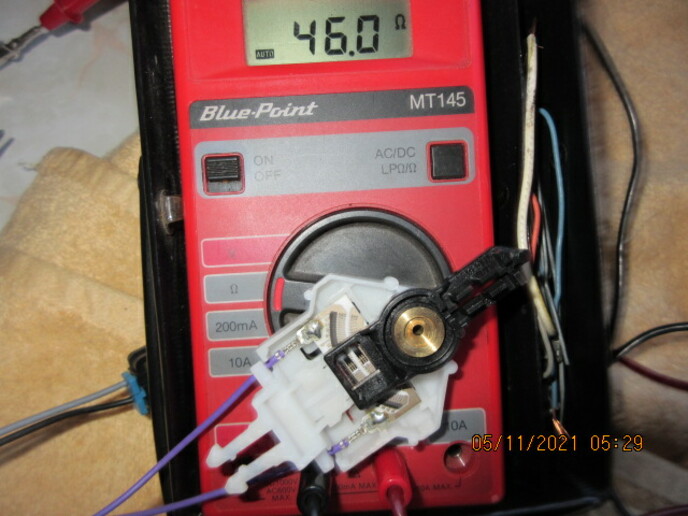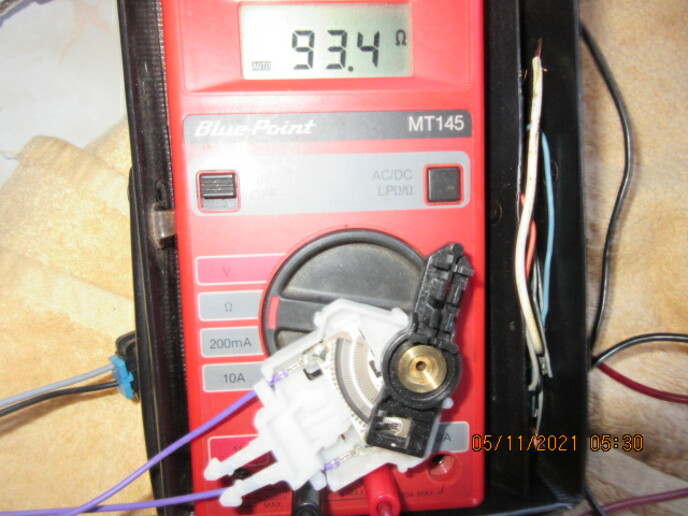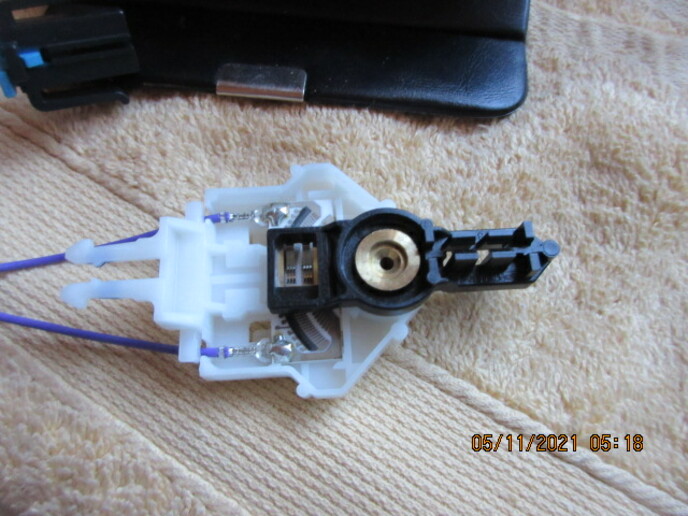super99
Well-known Member
I had time today, so I worked on the gas guage again on the Oliver 1550. I picked up a couple more used guages that worked when replaced and a new sending unit just in case. I tried the guages with no luck, then I changed the sending unit. I made a new wire from guage to sending unit. Now when you turn the key on, the needle goes to full and stays there(tank is about 3/4 full). With a test light, I have a light on the power in side of all of the guages and nothing on the side going to the guage, I took the guages to the wire wheel and shined up where the spring on the mounting bracket touches the outside of the guage, still not reading what is in the tank, The new sending unit had directions on how to set it up for the depth of the tank, so I measured and followed the directions and it still don't work. What the H-LL am I missing here?????



